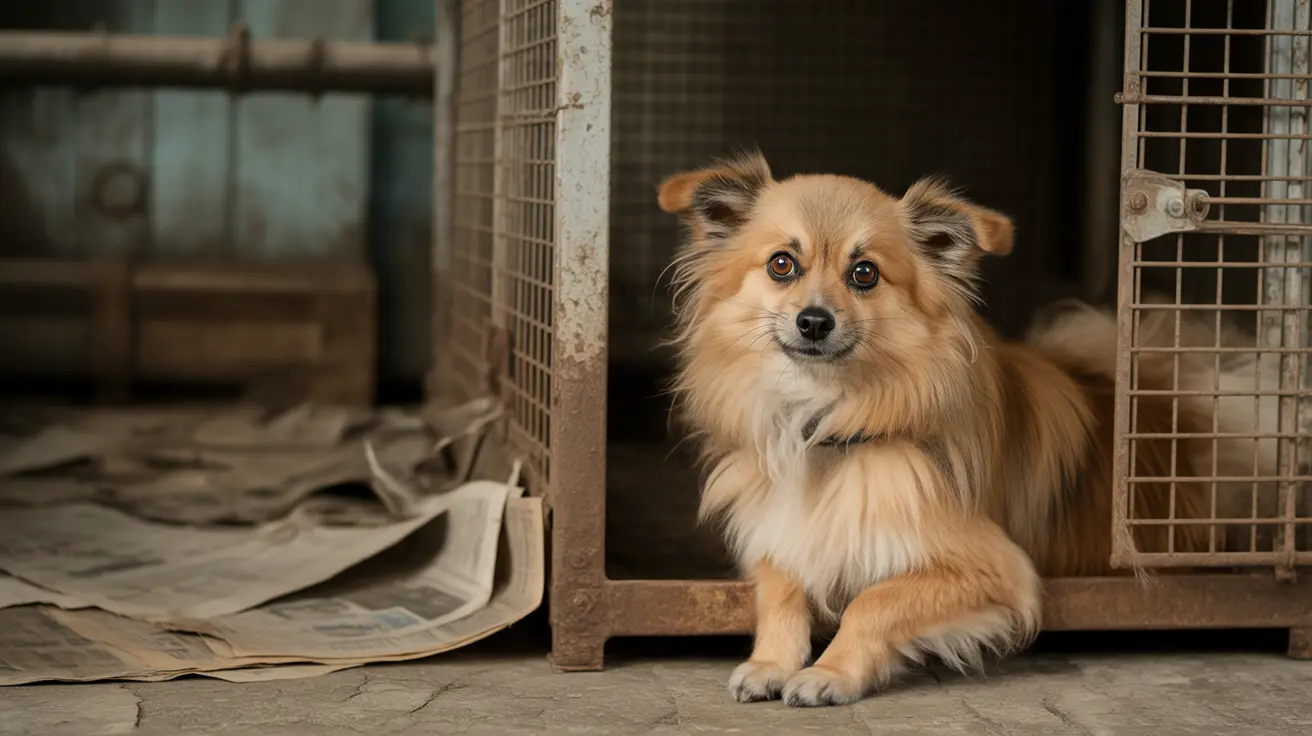If you've ever wondered why your cat shows no interest in your dessert plate, there's a fascinating scientific explanation. Unlike humans and most other mammals, cats are physically unable to taste sweet flavors. This unique characteristic stems from their evolutionary development as strict carnivores and has significant implications for their dietary needs and preferences.
Understanding why cats can't taste sweetness not only helps explain their behavior around certain foods but also provides crucial insights into their nutritional requirements and overall health. Let's explore the fascinating world of feline taste perception and what it means for our feline companions.
The Genetic Reason Behind Cats' Sweet Blindness
Cats lack a functioning sweet taste receptor due to a significant genetic mutation. Scientists have discovered that cats are missing a crucial 240 base pair segment of the Tas1r2 gene, which is essential for detecting sweet flavors. This mutation isn't just present in domestic cats – it extends throughout the entire Felidae family, including big cats like tigers and lions.
This genetic variation isn't a defect but rather an evolutionary adaptation that aligns perfectly with cats' carnivorous nature. Since their survival never depended on identifying sweet, carbohydrate-rich foods, the ability to taste sweetness became obsolete over time.
How Cats Experience Taste Differently
While cats can't detect sweetness, they have highly developed taste receptors for other flavors. Their taste buds are specifically tuned to detect:
- Umami (meat/protein flavors)
- Salty tastes
- Bitter flavors
- Sour tastes
Cats have an especially refined sensitivity to amino acids, which are the building blocks of proteins. This heightened sensitivity helps them identify nutrient-rich meat sources, essential for their survival as obligate carnivores.
The Impact on Feline Diet and Health
A cat's inability to taste sweet flavors has important implications for their dietary needs and health. Since their bodies aren't designed to process large amounts of carbohydrates or sugars, feeding them sweet foods can lead to various health issues, including:
- Digestive problems
- Weight gain
- Diabetes
- Dental issues
When cats appear interested in sweet foods like ice cream or cake, they're actually attracted to the fat content or texture rather than any sweet flavor. This understanding is crucial for providing appropriate nutrition and avoiding unnecessary dietary complications.
Feeding Your Cat Appropriately
Given cats' unique taste capabilities, it's essential to focus on providing a diet that aligns with their natural needs. High-quality protein sources should form the foundation of their diet, while sugary treats and excessive carbohydrates should be avoided.
Look for cat foods that emphasize:
- High-quality animal proteins
- Appropriate fat content
- Limited carbohydrates
- Essential vitamins and minerals
Frequently Asked Questions
Why can't cats taste sweet foods like humans and dogs?
Cats can't taste sweet foods because they lack a functioning Tas1r2 gene, which is necessary for creating sweet taste receptors. This genetic mutation occurred naturally through evolution as cats became strict carnivores.
How does a cat's inability to taste sweetness affect its diet and health?
This inability helps cats focus on protein-rich foods that are essential for their health. It also means they don't crave sugary foods, which could be harmful to their health if consumed regularly.
What genetic mutation causes cats to be unable to detect sweet flavors?
Cats are missing a 240 base pair segment of the Tas1r2 gene, which is crucial for assembling the protein complex responsible for detecting sweet tastes.
If cats don't taste sweetness, why are they sometimes attracted to sugary foods like ice cream or marshmallows?
When cats show interest in sweet foods, they're actually attracted to other components like fat content, protein, or the food's texture – not the sweetness itself.
Are sweets or carbohydrate-rich foods safe to feed cats, given their inability to taste sugar?
No, sweets and carbohydrate-rich foods are not recommended for cats. Their digestive systems aren't designed to process large amounts of sugars or carbohydrates, which can lead to health problems like obesity and diabetes.
Conclusion
Cats' inability to taste sweet flavors is a fascinating example of evolutionary adaptation that perfectly suits their carnivorous nature. Understanding this unique characteristic helps us provide better care for our feline friends by respecting their natural dietary needs and avoiding unnecessary sweet treats that could compromise their health.






